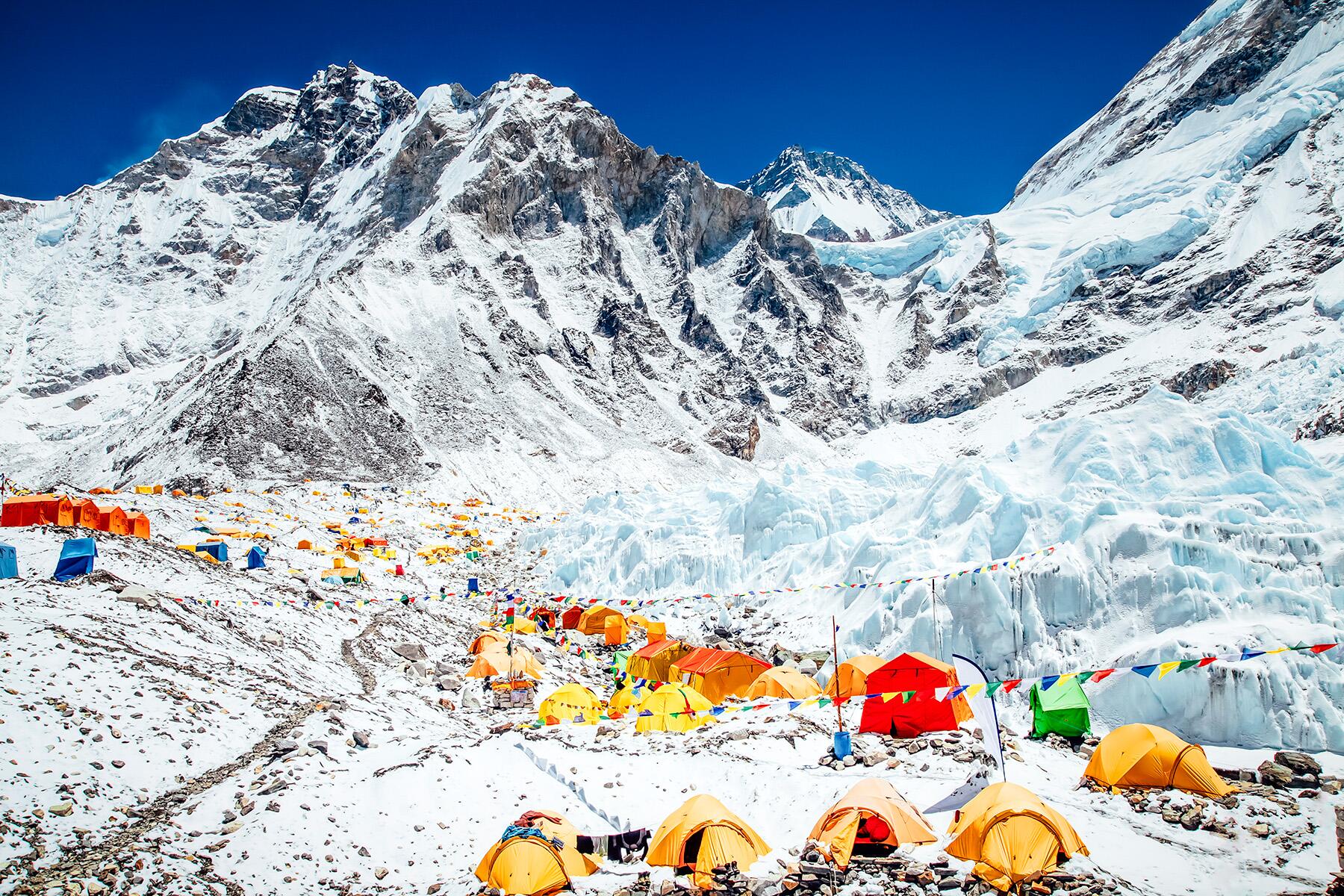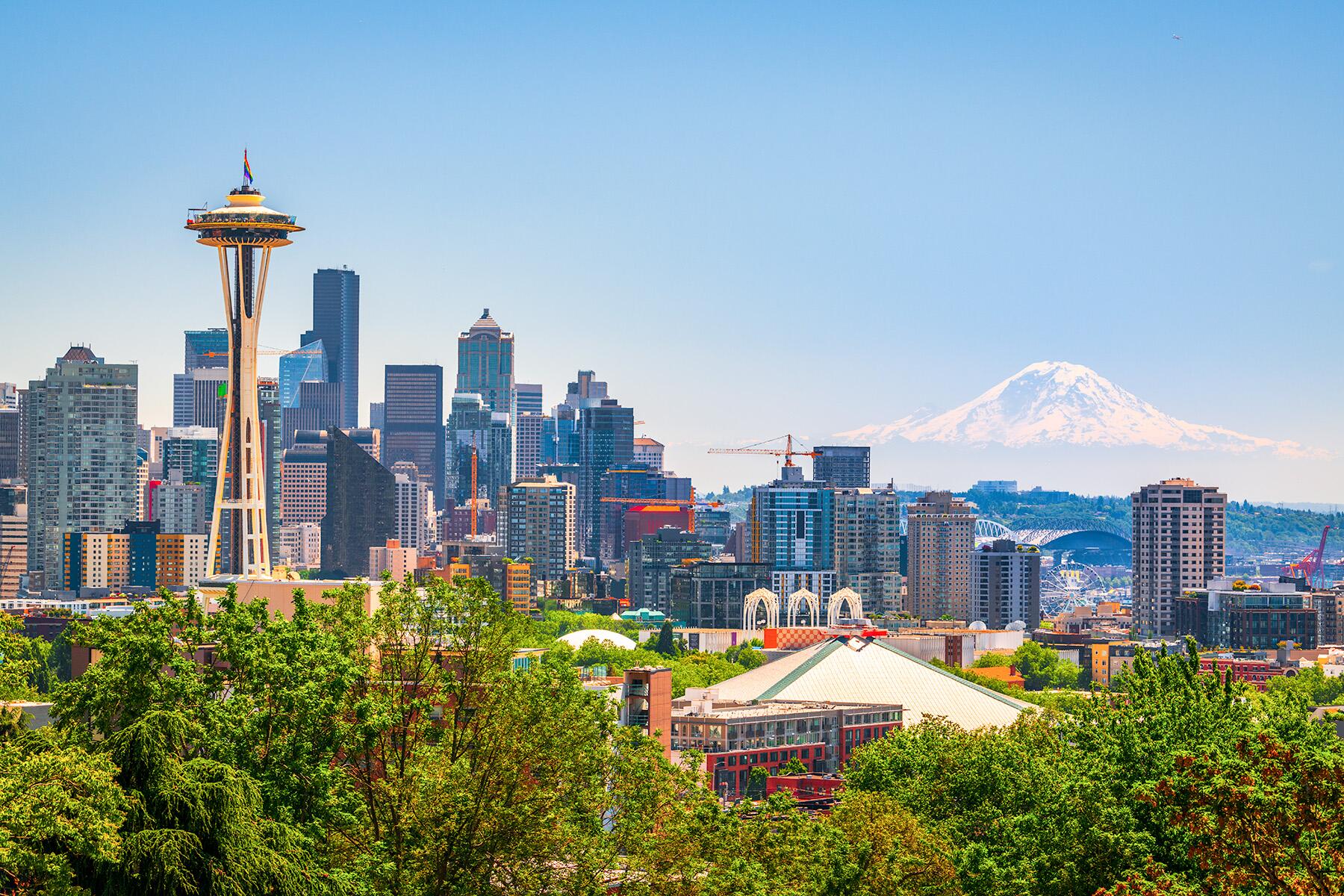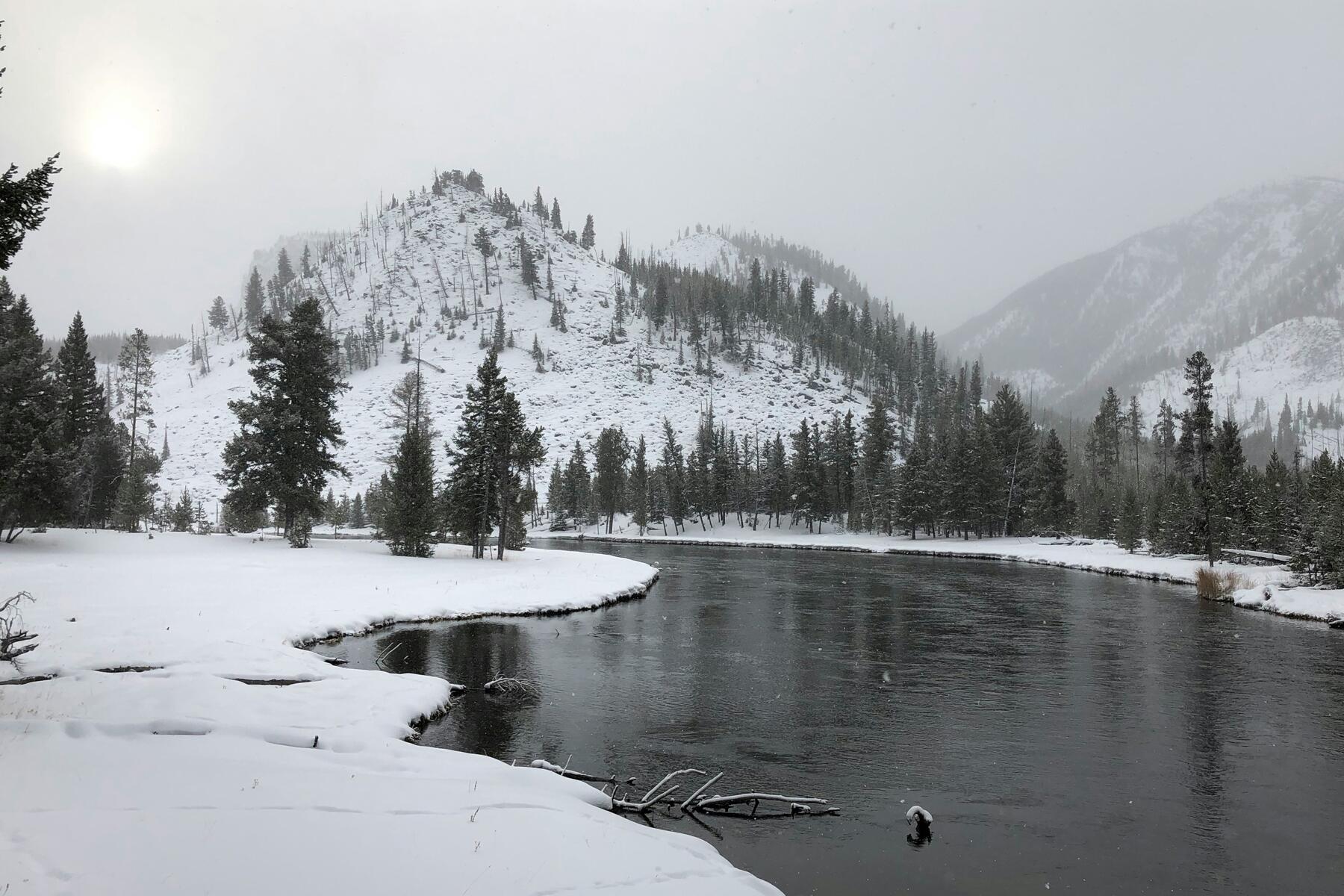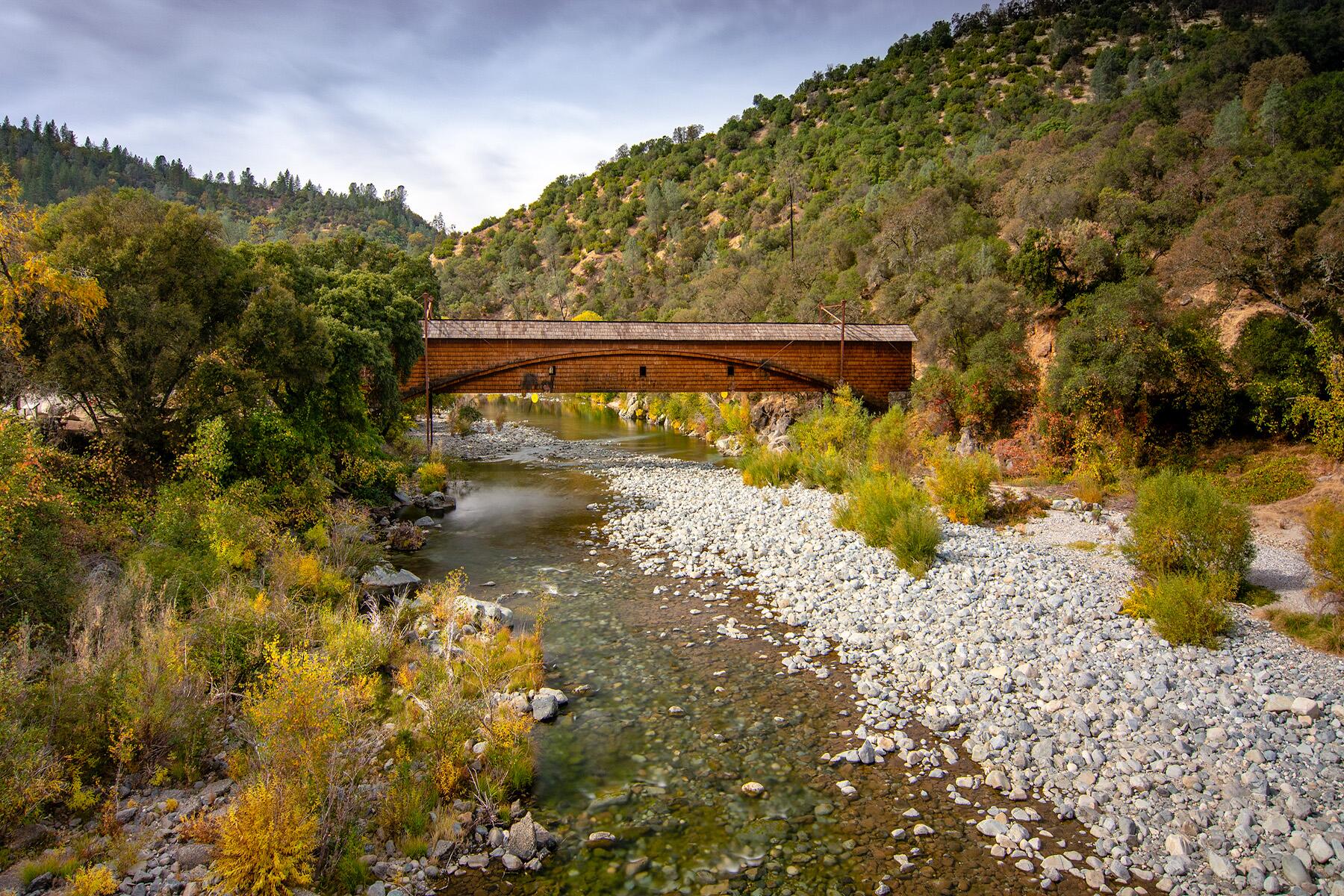National parks around the world giving the U.S. a run for its money.
More than 300 million people visited national parks in the United States in 2017, and while ours may be among the best protected natural places in the world, nearly every country across the globe has their own ecological splendor worth exploring. The reputation of some of these (inter)national parks has spread far and wide—Banff in Canada, Torres del Paine in Chile’s Patagonia, and Fiordlands in New Zealand, for example. But for every recognizable (inter)national park, there are dozens of other lesser-known places that are equally as incredible. From Norway’s Jotunheimen National Park to Madagascar’s Tsimanampetsotsa National Park, these fifteen under-the-radar (inter)national parks are on our bucket list.
Top Picks for You
Jotunheimen National Park
WHERE: Sogn og Fjordane and Oppland, Norway
Jotunheimen National Park, the “Home of the Giants,” is a stunning land of glacial peaks, cobalt-blue lakes, and deep rutted valleys. The park, the oldest of three in this rugged region of Norway, has Northern Europe’s two tallest mountains—Galdhopiggen and Glittertind—and a slew of others covered in ghostly-blue glaciers that, with climate change, are rapidly melting to reveal items left behind over a thousand years ago by Viking hunters and travelers. The drive through the park from Jotunheimen’s gateway town, Lom, is beyond spectacular, a picture-perfect alpine scene behind every curve, but cross-country skiing (in colder months) and hiking (in warmer ones) are the best ways to get a grasp on the enormity of this massive landscape.
INSIDER TIPJotunheimen has a string of mountain lodges for a brief recharge or overnight stays. Some, like the Leirvassbu Mountain Lodge located beneath the shadow of the indomitable Kyrkja Mountain, are quaint, century-old Northern European constructions. Others, like the Sognefjellshytta, are modern constructions where the architecture beautifully blends the indoors with the out.
Tayrona National Natural Park
WHERE: Santa Marta, Colombia
Not far from the bustling colonial town of Cartagena, 30 square miles of northern Caribbean coastline is protected by the Tayrona National Natural Park. The park, which stretches through the rainforest from the edge of the Sierra Nevada de Santa Marta mountains to the sea, is a thriving ecosystem full of tropical biodiversity, including 300 species of birds and the last home in the world to the endangered cotton-top tamarin monkey. Though the Caribbean is intense here, with powerful waves that crash against white sand beaches, the waters in some protected coves such as Cabo San Juan and La Piscina are tranquil enough for a dip in the crystalline waters.
INSIDER TIPThe only way to get to Tayrona’s beaches is on foot via a moderate hike through the jungle. The 1.5-2.5 hour long trail to Cabo San Juan is dotted with impressive views of the ocean, and as you close in on the swimmable beaches, vendors sell popsicles and fresh coconut water along the trail.
Recommended Fodor’s Video
Sumidero Canyon National Park
WHERE: Chiapas, Mexico
Sumidero Canyon is a deep, narrow geological marvel. Cut over millennia by the Grijalva River, the eight-mile river basin has steep vertical walls that rise as much as 3,300 feet at their highest point. Frequent boats leaving the dock at the neighboring town of Chiapa de Corzo journey through the canyon, past waterfalls and small caves, including the Cueva de Colores, a pink-tinged niche containing an image of the Virgin of Guadalupe. Beyond the canyon, the park is made up of dense tropical rainforest crisscrossed with hiking trails.
INSIDER TIPJanuary 15-23, you’ll find the raucous Parachicos Festival in full swing in Chiapa de Corzo. The 400-year old celebration includes dancing men in masks with European features and rounded headdresses, women in beautiful tiered dresses, and giant twirling puppets parading through the streets.
Sajama National Park
WHERE: Oruro Department, Bolivia
This Andean landscape dominated by the snow-capped cone of the Sajama volcano is Bolivia’s oldest national park. First acknowledged in 1939 to protect a shrub-like tree called the Quenoa De Altura, the park is also home to around 100 Aymara families, indigenous people who have inhabited this area for centuries. The Sajama Lines, ruts almost 10,000 miles long etched in the altiplano that may have once been used as pilgrimage routes by the ancestors of the Aymara, are only one of the unique cultural features in the park: Chullpas, ancient funerary towers, and pucaras, ancient fortifications, are also strewn across the landscape. The park also boasts a variety of unique wildlife, including the vicuña (an alpaca-like camelid), pink flamingos, and Andean cats.
INSIDER TIPSajama is far from Bolivia’s urban centers and there is currently only one eco-lodge on-site, Tomarapi, which is managed by local Aymara villagers.
Candelaria Caves National Park
WHERE: Alta Verapaz, Guatemala
Caves were, and continue to be, sacred spaces for the Maya people of Guatemala, and the mother of them all is Candelaria. The Candelaria Caves, Central America’s longest at almost 50 miles, is riddled with passages, speleothems, pit caves, and massive rooms, like the 13+ mile main gallery which follows the Candelaria River. Inside, the caves are littered with pottery sherds and paintings, evidence of the ancient Maya. Their descendants, the Q’eqchi’, manage the site today (with different communities maintaining control over the cave’s various entrances) and the caves can only be entered with a local guide.
Simien Mountains National Park
WHERE: Semien Gondar, Ethiopia
The flat-topped plateaus of northern Ethiopia’s Simien Mountains National Park are distant African cousins to the mesas of America’s southwest, with mountains that rise in jagged, sheer cliffs nearly a mile above the valley below. At its higher altitudes, the park, which is also a UNESCO World Heritage Site, is an alpine forest wonderland while the lower elevations are, today, vast meadows. The result is a study in contrasts, lush green mountainsides with desert-like savannahs. Simien is home not only to dramatic vistas but to animals found only in Ethiopia, including the gelada baboon and Ethiopian wolf, as well as bushbucks, klipspringers, ibex, and leopards.
INSIDER TIPThere are several multi-day backpacking routes through Simien, including the three to four-day trek from Debarq to Sankaber Camp, which passes through small farming hamlets within the park.
Gorkhi-Terelj National Park
WHERE: Ulaanbaatar, Mongolia
Fewer than 35 miles from Mongolia’s capital city Ulaanbaatar, the Gorkhi-Terelj National Park protects an ecological zone of fairytale-like alpine scenery. Largely undeveloped, the park is a virtual wonderland for hiking, rafting, and horse-riding in the summer, and skiing and dog-sledding in the winter. Massive rock formations draw climbers from around the world. The park’s southern portion has tourist amenities, including restaurants, horses and camels for rent, and yurt camps. Upstream from the tourist area, though, is where some of the park’s most impressive attractions lie, including the glacial lake Khagiin Khar and the Yestii (natural) hot springs. The park’s Buddhist monastery offers some of Gorkhi-Terelj’s most accessible views.
Jigme Dorji National Park
WHERE: Gasa District, Bhutan
Bhutan’s Jigme Dorji National Park is a vast glaciated landscape where Himalayan peaks as tall as 23,000 feet stretch as far as the eye can see. Over 2,500 square miles and spanning three Bhutanese climate zones, the park is home to around 6,500 people, subsistence farmers and animal herders who live in “gewogs” (village blocks) like Laya, which contains several of the park’s icy glaciers. Both historical and modern spiritual sites are also found within Jigme Dorji, including Mount Jomolhari and Mount Jitchu Drake where local deities are worshipped, and the 17th-century monasteries of Lingshi Dzong and Gasa Dzong, partially constructed as fortresses against attackers from the north.
Ranthambore National Park
WHERE: Sawai Madhopur, India
Back in the 1970s, Ranthambore was declared as one of India’s “Project Tiger” reserves, a conservation program aimed at securing a viable ecosystem for the continued survival of Bengal Tigers. In the ’80s and ’90s, Ranthambore was merged with nearby wildlife sanctuaries into a 109 square mile national park. Today, its tiger population can often be seen patrolling the territory, sunbathing in open grassy meadows or hanging around one of Ranthambore many lakes, the largest of which, Padam Talao, has India’s second-largest banyan tree growing on its shore.
INSIDER TIPTiger spotting safaris run by the park leave twice a day year-round and last around three hours.
Khenifiss National Park
WHERE: Laayoune-Sakia El Hamra, Morocco
Khenifiss National Park protects a slice of Morocco’s Atlantic Coast where the desert meets the sea. The Khenifiss Lagoon, Morocco’s largest, is a nesting ground for a variety of ducks, gulls, and pink flamingos; up to 20,000 migrate here each winter. Inland, the park’s Sahara landscape of sand dunes, limestone plateaus, and salt flats, is a desolate but beautiful illustration of North African desert.
INSIDER TIPIn Khenifiss, itself, there is little development—ecotourism opportunities are apparently coming soon—but various tour companies guide treks through the desert to the lagoon.
Bwindi Impenetrable National Park
WHERE: Kanungu District, Uganda
Two words: mountain gorillas. Like the better known Virunga National Park in the Democratic Republic of the Congo, neighboring Bwindi Impenetrable National Park in Uganda is lauded for its mountain gorillas; nearly half of the world’s remaining population live within its borders. Bwindi is one of the most ecologically diverse forests in East Africa and, because of its diversity of trees, mammals, birds, and insects, has also been named a UNESCO World Heritage Site. In addition to gorillas, African elephants, chimps, striped jackals, and a variety of monkeys call this portion of the rift valley where the mountain forests meet the plains, home.
INSIDER TIPGorilla tracking is Bwindi’s biggest draw, and the Uganda Wildlife Authority gives out a select number of permits each year. Going through a tour company like Bamboo Ecotours, which offers guided treks to see the handful of gorilla families that have been habituated to the presence of humans, is the easiest way to get one.
Lovćen National Park
WHERE: Lovćen, Montenegro
High above the picturesque fjords of Kotor towers Lovćen Mountain and the eponymous Lovcen National Park. Encompassing nine different ecological habitats and two climate zones in a relatively small space of just 6,220 acres, the rocky massif is a unique habitat with an abundance of diversity in its flora and fauna. More than just a pretty place, Lovćen is considered a symbol of liberty in Montenegro and remnants of history, including guvna (villages) and katuns (summer settlements for cattle breeders) still exist on the landscape. At the tippy-top stands the Mausoleum of Njegoš, a stone behemoth that feels like it’s on the edge of the world.
INSIDER TIPThe drive to the mausoleum is harrowing (especially if you’re riding in a bus) but the view of the fjords below is absolutely breathtaking.
Tasman National Park
WHERE: Tasmania, Australia
Tasman National Park, which includes part of the Forestier and Tasman peninsulas and the island of Tasman in Tasmania, has some of the world’s most impressive dolerite rock formations. At Cape Pillar and along Tasman Island thousand foot tall column-like cliffs swoop steeply into the ocean below. Other formations, including the Blowhole, a sea cave opening, and Tasmans Arch, a tall littoral chasm, are scattered along the coastal shores along with the 113-year old Tasman Lighthouse, and nesting Australian fur seals and “little” penguins. A 29-mile trail, the Three Capes Track, takes backpackers from the historic Port Arthur to the remote Fortescue Bay.
INSIDER TIPHikers huts along the Three Capes Track, each of which can accommodate 48 people nightly, provide trekkers with water, gas-top stoves, toilets and a place to rest their heads.
Tsimanampetsotsa National Park
WHERE: Atsimo-Andrefana, Madagascar
Madagascar has some of the most unusual flora and fauna on the planet—primate species like the lemur, aye-ayes, and fossas are found nowhere else in the world—and much of it can be seen at Tsimanampetsotsa National Park. Hot and dry most of the year, distinctive baobab and Pachypodium geayi trees thrive here in spiny forests inhabited by ring-tailed and other lemur species. Elsewhere in the park, the salty Lake Tsimanampetsotsa provides an important wetland for flamingo populations. At the Mitoho Grotto, a sacred cave according to indigenous Antambahoka traditions, invisible people live alongside a species of blind fish.
Plitvice Lakes National Park
WHERE: Lika-Senj County, Croatia
At the heart of Croatia’s Plitvice Lakes National Park is a series of 16 cascading lakes whose waters plunge from one to the next via waterfalls and small above-ground and underground rivers. The lakes, in vivid shades of blue and green, are surrounded by dramatic karstic cliffs sprouting lush plants, mosses, and 55 different orchid species. A number of caves dot this landscape, including the Šupljara Cave which is open to visitors. Located on an important east-west historical route, the picturesque natural landscape also has a long history of human influence, some of which, like 19th-century hotels and canals and medieval monastery walls, are still visible today.
INSIDER TIPPlitvice Lakes is one of the last places in Europe with large numbers of brown bears and wolves. Keep your eyes peeled, especially during summer months when the bears are feasting to store fat for the winter ahead.




